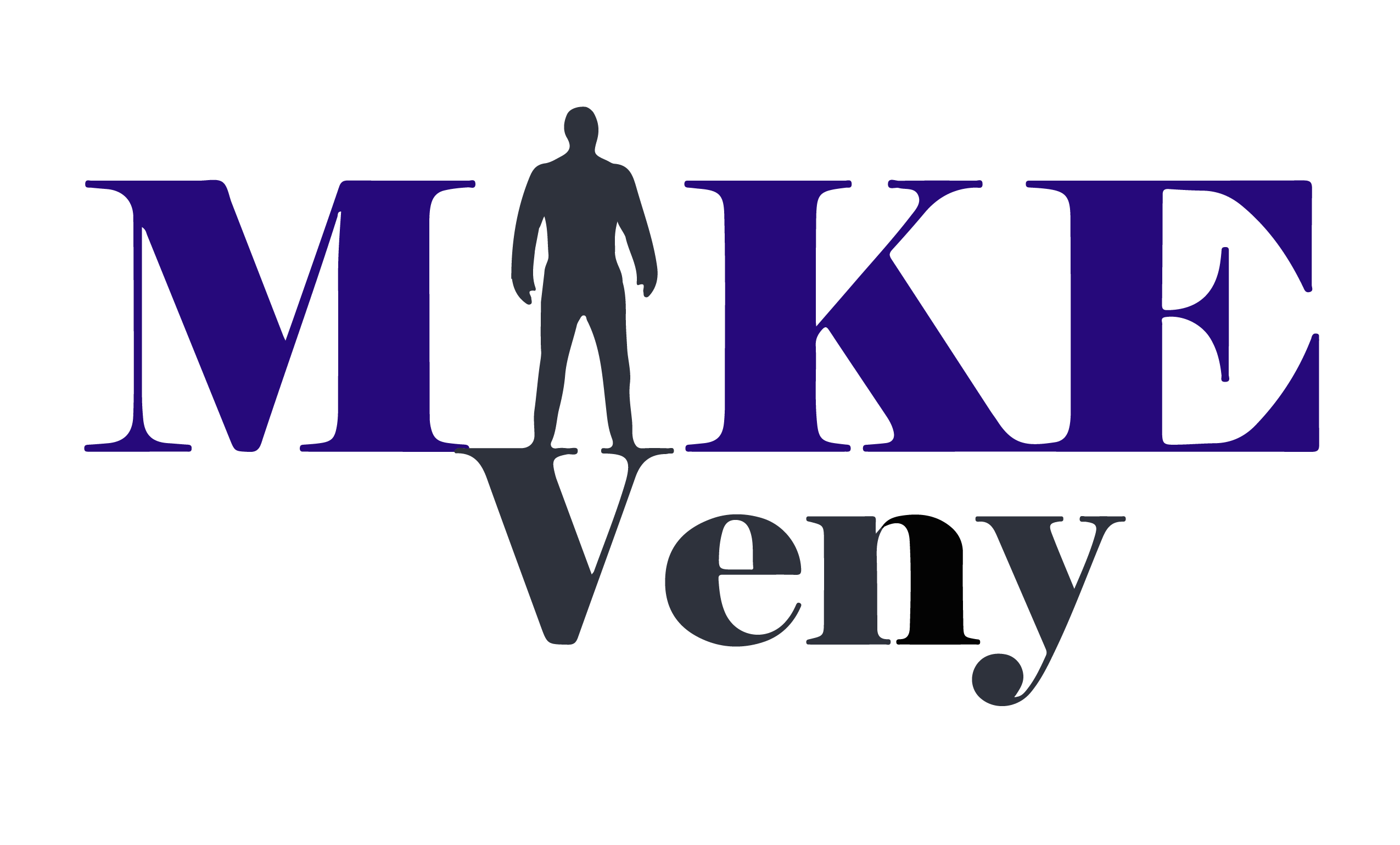Did you know that October 5th is National Depression Screening Day? But just what is National Depression Screening Day?
what is national depression screening day?
As a part of Mental Illness Awareness Week, National Depression Screening Day is a chance to get many people screened for mental illness – far more than usual. Without singling anyone in particular out, the screenings can be for anyone and everyone. As a result, the stigma that often surrounds mental illness and attempts to get treatment should help to diminish stigma.
According to Mental Health Screening, National Depression Screening Day started off as an effort to reach individuals across the country with valuable mental health education and to work to connect them with support services. Screening for Mental Health (SMH) started the National Depression Screening Day as the original, voluntary, mental health screening initiative in 1990.
The Numbers
According to Forbes, in 2014, just about 7% of the adult population experienced at least one significant depression episode per year. For people with depression, nearly four out of five of them report some degree of functional impairment, and a good 27% of them say they experience significant difficulties in both their home and working lives.
Depression is a huge issue for employers, mainly due to missed work, but also due to employees putting in less productive days. Untreated depression costs more than $51 billion because of lost productivity and increased absenteeism. Within a three-month period, persons with depression, on average, missed almost five days of work and had about 11 and one-half days of decreased productivity.
According to Mental Health America, just about 35.3% of all persons with severe depression seek treatment from a mental health professional. And that’s unfortunate, seeing as about 80% of all people who try mental health treatment see positive results, whether that is from pharmaceutical therapy, cognitive behavioral therapy, or a combination of the two. Medical researchers are continually seeking more and better ways to treat this disease, which can sometimes drive patients to attempt suicide (and about 15% of them succeed in taking their own lives).
Workplace Involvement
For adults past their regular school years, possibly the most accessible place to find a lot of them in one area is at work. By centering mental health screening on an event at the workplace, there is a chance to reach more people than by going to other places where people gather, such as gyms, theaters, and houses of worship.
Employees who exhibit signs of depression (perhaps through self-screening quizzes, such as Help Yourself Help Others, can receive information on local resources that can help them.
The success rate is better than for the general population – about 55% of people who completed a depression screening sought out treatment in the subsequent three months. These are encouraging numbers and, given the suicide attempt and success rate among people living with depression means that these screenings can save lives.
Because mental illness and its treatment are both still the subjects of stigmatization, employers can help to reduce that stigma by encouraging their workers to seek treatment for stress-related disorders. Employers can also help by holding frequent discussions about how important it is to proactively take care of themselves in all ways, including mental health.
For employers, it’s not just about helping people. These screenings can also improve their bottom line. Untreated depression can mean an employee will take a leave of absence or use their short-term disability benefits. However, the University of Melbourne has found that depressed persons who keep working tend to do better. A person living with depression might want to isolate him or herself, but isolation will not help them, according to the University of Melbourne’s 2014 study.
Recognizing Depression
Every single one of us has been down at one point or another in our lives. That, in and of itself, is not depression. Instead, according to Mental Health America, there are some tell-tale symptoms that go along with depression (a person need not have every single one of these symptoms, of course):
- A persistent anxious, sad, or “empty” mood.
- Sleeping too little, early morning wake-ups, or sleeping too much.
- Difficulty concentrating, remembering, or making decisions.
- Fatigue or a loss of energy.
- Reduced appetite and weight loss, or an increased appetite with accompanied weight gain.
- Loss of interest or pleasure in activities a person had once enjoyed
- Restlessness or irritability.
- Thoughts about death or suicide, including suicidal ideation (foreseeing how to commit suicide and making preparations to do so)
SCREENINGS ARE NOT AN EQUIVALENT TO OR A REPLACEMENT FOR A PROFESSIONAL DIAGNOSIS!
Instead, screenings can point out the presence or absence of depressive symptoms. They can furthermore provide a referral for further evaluation if such is needed. You should see your physician or a qualified mental health professional if you have been experiencing five or more of these specific symptoms for more than two weeks, or if the symptoms are severe enough to interfere with your everyday life.
The Workplace Can Be a Classroom
For many people, particularly those in older generations, the office or work site can be the first place they ever received any form of sensitivity training. It can be the first place where they ever heard of transgendered individuals or rubbed elbows with people, not of their race or faith. It can be the place where they first learned all about sexual harassment or about how to recognize signs of abuse in their more vulnerable coworkers.
http://www.mentalhealthamerica.net/mental-health-screen/patient-healthIt makes a great deal of sense to add depression screening to the mix. Getting an understanding of depression out in the open, and also, assuring employees that they will not lose their jobs if they seek treatment or so much as asking about it can go a long way toward reducing stigma and prejudice. Making it more comfortable and more universally accepted to go through screening, and to seek help when necessary, will make for a more productive and sympathetic workforce, too.
Click here for your FREE depression screening!



